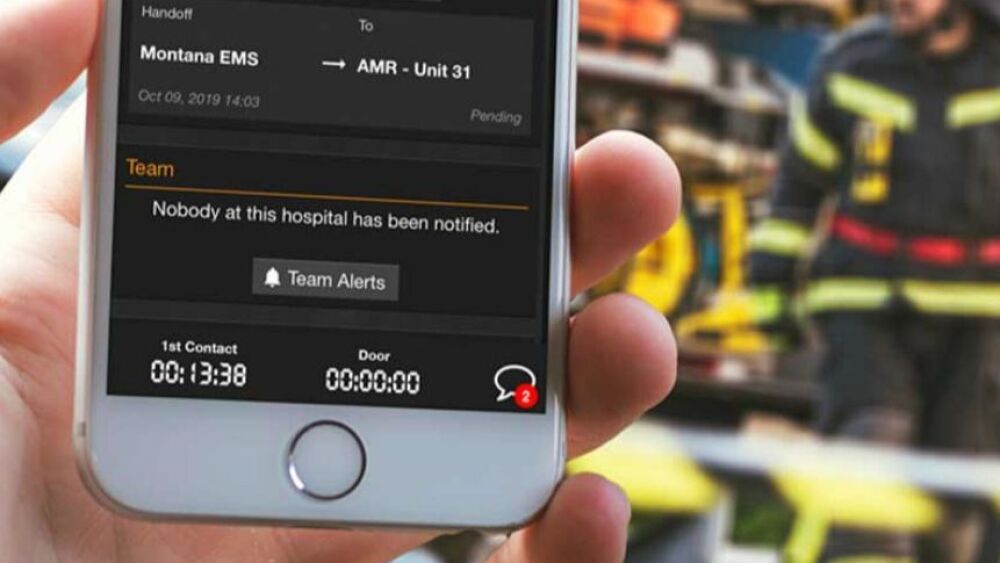How does your agency track patient outcomes in real time? What about your alerts? How do you know if your criteria actually led to the correct diagnosis?
The industry of EMS has evolved into more than a “simple” transport mechanism. We’re an industry built upon the foundation of advanced, progressive clinical care (sometimes moving at a faster pace than hospital systems). We’ve bolstered our capabilities, appearance and deployment ... now we’re seeking bolstered reimbursement and recognition in return.
We’ve evolved, in many instances past the model that Johnny and Roy introduced decades ago, and into a model where we interact with our patients before, during and after a call has occurred. We’ve become an integral and integrated part of the healthcare system; we’re just more mobile than a hospital or clinic.
As such, we’ve identified a need to better track patient outcomes – and by using more long-term metrics than “survived to ED admission.” We need closed-loop, full-spectrum and comprehensive care information that can tie our care into the patient’s overall healthcare journey. We need to validate our value to the integrated healthcare system as a whole.
Case study: STEMI health information exchange
Let’s look at a cardiac case as a model for health information exchange, breaking down not only the information that we share with the hospital, but also the information that we need to receive in return.
You respond to a residence for a 55-year-old male patient experiencing chest pain. All indications are pointing toward an acute coronary syndrome, so you acquire a 12-lead (or even 15-lead) ECG. Lights start to flash, alarms sound, and a whole bunch of asterisks appear on your monitor and print-out. It’s a STEMI.
Your patient is over the age of 35, his symptoms are consistent with acute coronary syndromes, and his diagnostic ECG shows ST-elevation of greater than 1 or 2 mm, so he meets your STEMI alert criteria.
Here is a prime example of where our information – our data – starts. Now, we need to share this immediately with our receiving hospital and percutaneous coronary intervention center. This, however, isn’t the end of our data sharing journey. We still need to receive some information in return. We need some validation on our end of things to track our own system success and community benefit.
Rapid transport is initiated, your patient goes directly to the cath lab and eventually gets admitted to the ICU. His case – his care – was successful. Your criteria – your differential diagnosis – was correct.
On the back end of the equation (once your quality assurance and data folks get involved) is where the validation process occurs. Through a unified platform, rather than a multi-person, multi-step process, we can show our stakeholders – community leaders and patients – that our recognition and care made a difference.
We recognized the STEMI, compared it to our alert criteria, activated the appropriate resources and validated that all of our processes were correct. The receiving hospital then shared the patient’s outcome and disposition. We made a difference. We are a mobile part of an integrated healthcare system. Our data validates this. Our technology supports this.
Mobile integrated healthcare
As the scope of practice for mobile integrated healthcare providers becomes defined, or is expanded in existing systems, we are able to be a part of our patient’s care from start-through-continuum, or from continuum-through-further prevention. Much of this is a result of data, closed-loop information sharing, and full-circle technology components that inform all caregivers within a given case.
We’re bolstering our role through integration, not just interaction. That’s how we’re bolstering the EMS role in the community; through mobile integrated healthcare.













